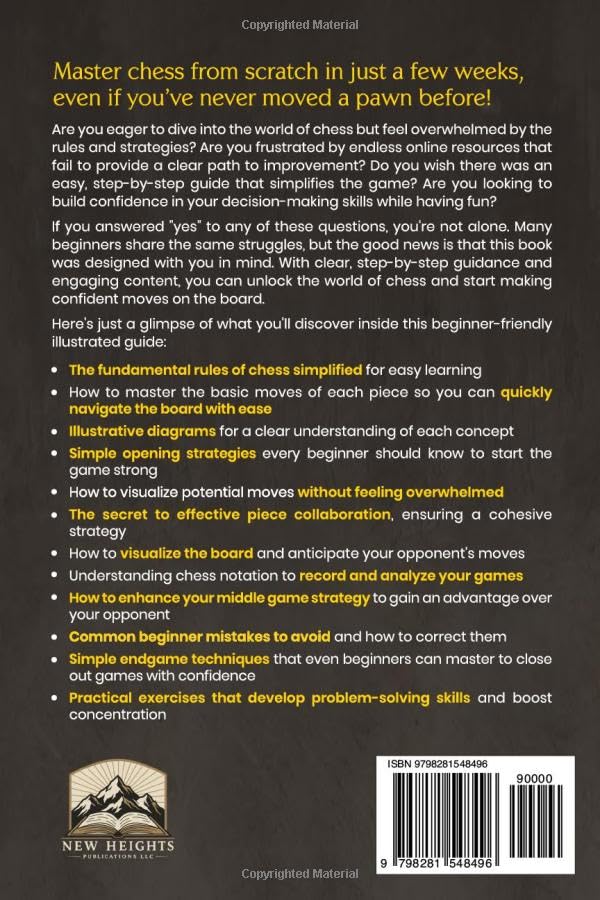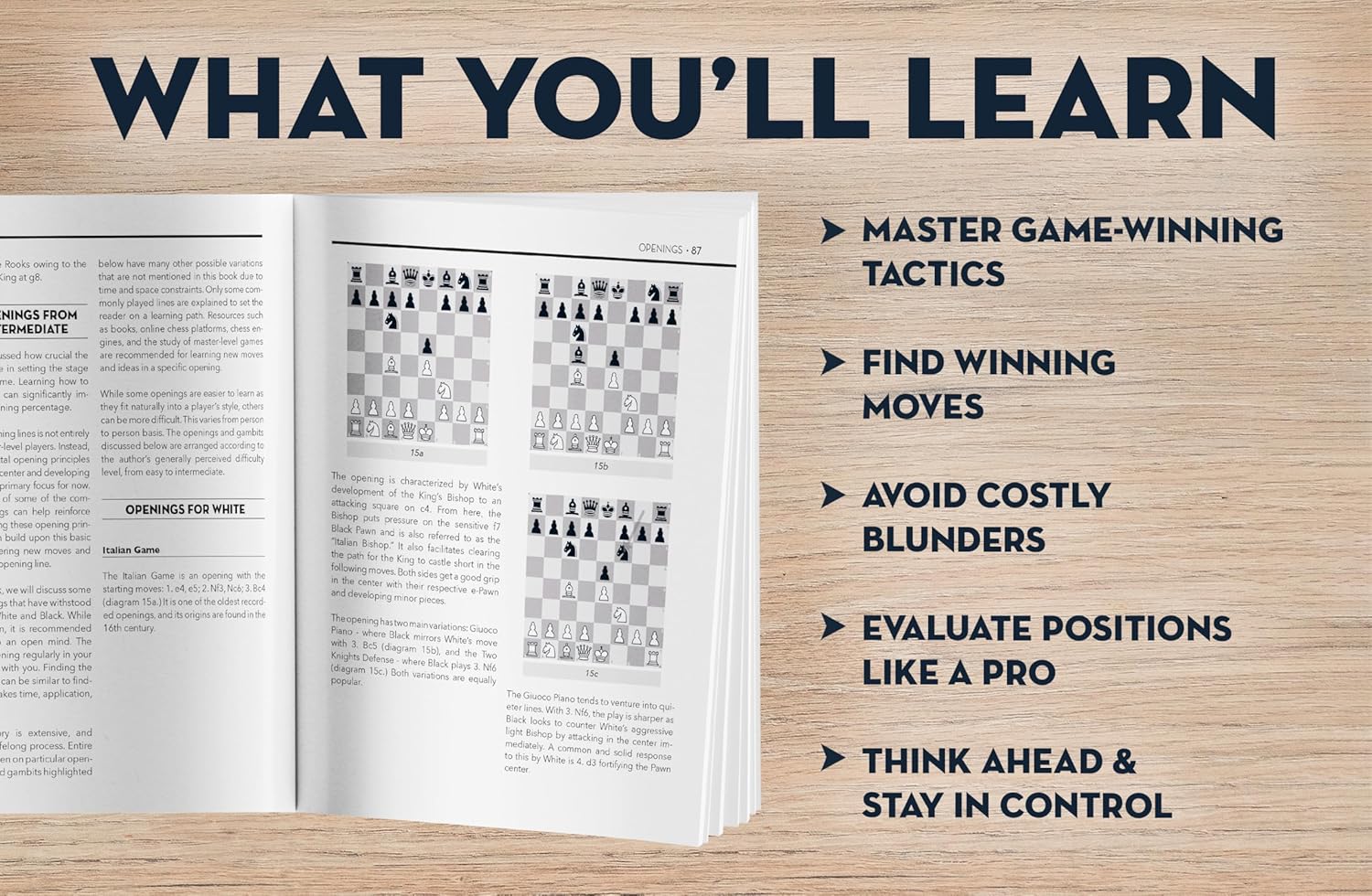Chess Rating Systems: Understanding Your Progress
ChessReviewPro Team
August 3, 2025
20 min read

The Mathematics of Mastery: Decoding Chess Rating Systems
Chess ratings transform abstract skill into quantifiable metrics through sophisticated statistical models. Beyond mere numbers, they represent complex probability distributions of playing strength. This comprehensive guide examines the algorithmic foundations of major rating systems, their psychological implications, and evidence-based frameworks for leveraging ratings as improvement tools rather than mere milestones.
Rating System Architectures
Elo System: The Foundational Framework
Arpad Elo's pioneering model calculates expected scores via S-curve probability distributions. The core formula: ΔR = K×(Actual - Expected) where K-factor determines volatility. Strategic insight: Tournament selection impacts K-factor - frequent events accelerate gains but increase variance. Practical application: Calculate expected score against opponents using 1/(1+10^((R₂-R₁)/400)) to predict outcomes.
Glicko System: Uncertainty Quantification
Mark Glickman's innovation adds Rating Deviation (RD) as uncertainty metric. Key features: Ratings update based on opponent strength and RD, with results against stable opponents weighting heavier. Practical benefit: Identifies provisional ratings faster than Elo. Implementation: Track RD fluctuations to determine when results reflect true skill changes.
Glicko-2: Volatility Modeling
The advanced system incorporates volatility (σ) to measure performance consistency. Algorithmic advantage: Better handles erratic performance patterns. Statistical insight: High volatility indicates unstable play rather than skill level. Competitive strategy: Reduce volatility through consistent openings and time management.
Skill Stratification Analysis
Rating percentiles reveal true competitive standing:
Beginner (0-1200): 85th percentile - masters basic tactics
Club (1200-1800): 97th percentile - understands strategic principles
Expert (2000-2200): 99.5th percentile - tournament contender
Master (2200+): 99.95th percentile - positional mastery
Global perspective: FIDE ratings average 1500 points lower than online platforms due to player pool differences.
Progress Optimization Frameworks
Improvement Velocity Metrics
Calculate monthly improvement rate: (Current Rating - Baseline) ÷ Months. Elite development: Target 25-50 points/month through balanced training. Stagnation alert: <10 points/month signals ineffective methods.
Goal-Setting Protocol
Implement SMART-R criteria: Specific (rating target), Measurable (points), Achievable (time-bound), Relevant (skill gaps), Trackable (metrics), Reviewable (bi-weekly). Example: "Increase tactical rating by 100 points in 3 months via daily 30-min puzzle sessions."
Training ROI Analysis
Quantify improvement efficiency: Rating gain ÷ Training hours. Benchmark: 2 points/hour indicates effective methods. Low ROI requires methodology overhaul. Track by skill domain (tactics vs endgames) to prioritize training.
Plateau Science and Solutions
Plateau Diagnostics
Identify stagnation type: Structural (skill gaps), Psychological (fear of success), Methodological (inefficient training), or Systemic (mismatched competition). Diagnostic protocol: Analyze 20-game blocks for error patterns, time management failures, and rating deviation.
Breakthrough Protocols
Structural Plateaus: Target weakest skill with deliberate practice (70% training focus)
Psychological Plateaus: Implement mental rehearsal and process goals
Methodological Plateaus: Overhaul training with spaced repetition and interleaving
Systemic Plateaus: Adjust competition level - seek 50% expected score opponents
Competition Strategy Matrix
Optimize event selection using risk-reward analysis:
Acceleration Events: Play +300 point opponents (high risk/high reward)
Consolidation Events: Compete against peers (±100 points)
Recovery Events: Face weaker opponents (-200 points) after losses
Tournament cadence: Alternate event types monthly to balance growth and confidence.
Rating Psychology and Perception Management
Combat cognitive distortions:
Rating Myopia: Focus on process metrics (accuracy, time usage)
Loss Aversion: Pre-commit to game quotas regardless of rating impact
Attribution Error: Journal objective causes for wins/losses
Implement the 24-hour rule: Analyze results objectively after emotional detachment.
FIDE vs Online Ratings: Calibration Framework
Bridge the rating gap with conversion protocols:
1. Calculate baseline differential (Online - FIDE)
2. Compete against overlapping pool players
3. Adjust opening repertoire to OTB conditions
4. Simulate time controls with physical clock
Statistical insight: Online ratings typically exceed FIDE by 300-500 points due to pool size and conditions.
Long-Term Development Tracking
Implement longitudinal analysis:
Progress Charts: Graph rating vs time with trendlines
Skill Matrix: Track sub-ratings (tactics, strategy, endgame)
Phase Analysis: Compare opening/middlegame/endgame performance
Improvement S-Curves: Identify acceleration and plateau periods
Advanced metric: Calculate rating efficiency (performance rating - actual rating).
Case Studies: Rating Trajectories Decoded
Analyze Carlsen's steady ascent (methodical skill-building), Nakamura's online dominance (adaptation to digital conditions), and Gukesh's rapid rise (targeted training). Common patterns: Early focus on tactical ratings, plateau-breaking through endgame mastery, and strategic competition selection.
Conclusion: The Rating Mastery Framework
Transform ratings from anxiety sources to improvement tools through systematic management. Implementation protocol: Monthly rating audits analyzing 4 metrics (overall trend, skill differentials, volatility, tournament performance). Maintain improvement journals documenting training methods and corresponding gains. Remember: Ratings measure competitive results, while skill development determines long-term potential - focus on the latter to naturally elevate the former.
Recommended Chess Books & Products
How to Win at Chess: The Ultimate Guide for Beginners and Beyond

Beginner Chess Made Easy: Illustrated Guide to Rules, Strategies & Confident Play


The First Chess Book You Should Read: From Beginner to Intermediate







Bobby Fischer Teaches Chess

Share this article with fellow chess enthusiasts!